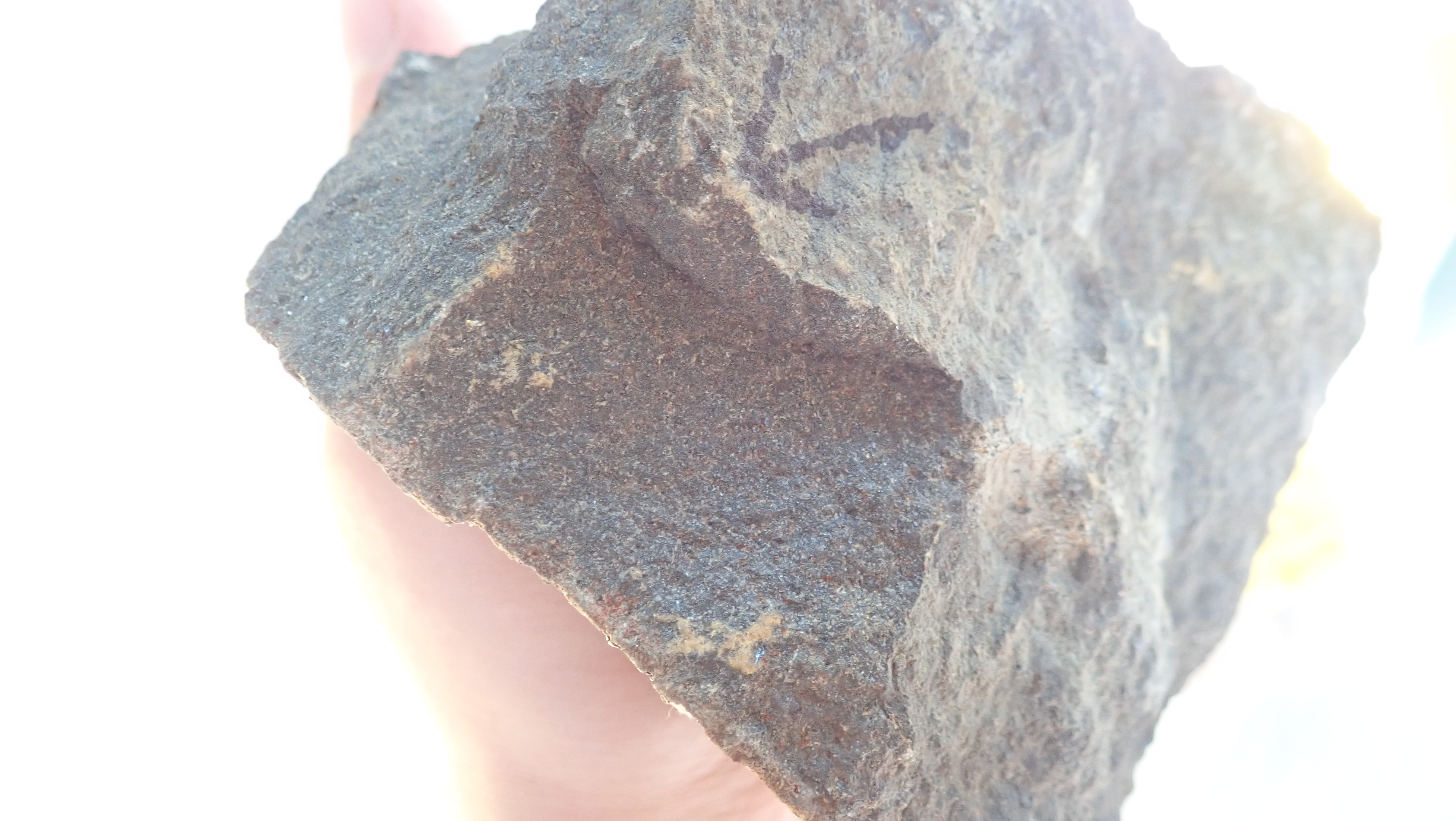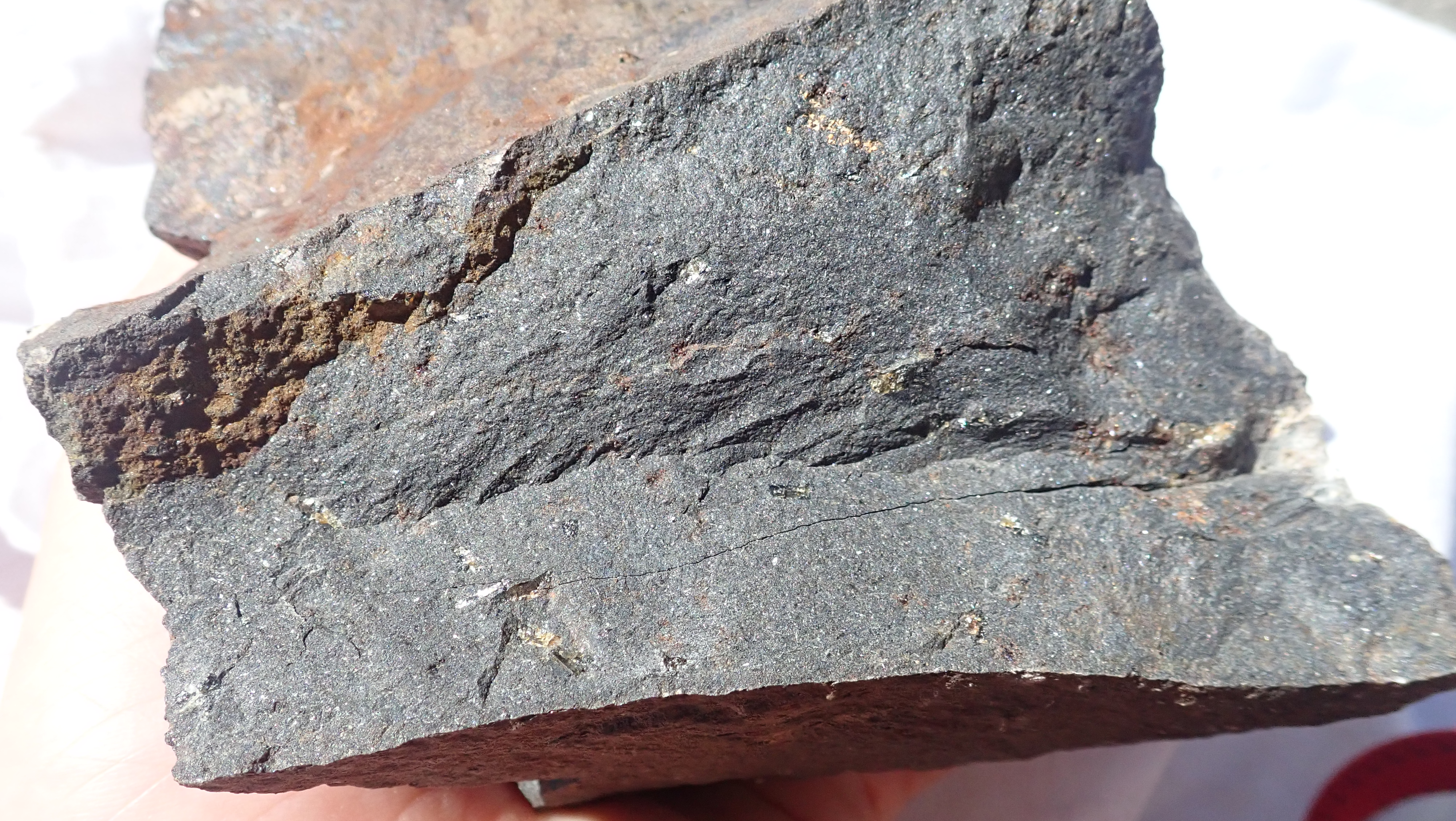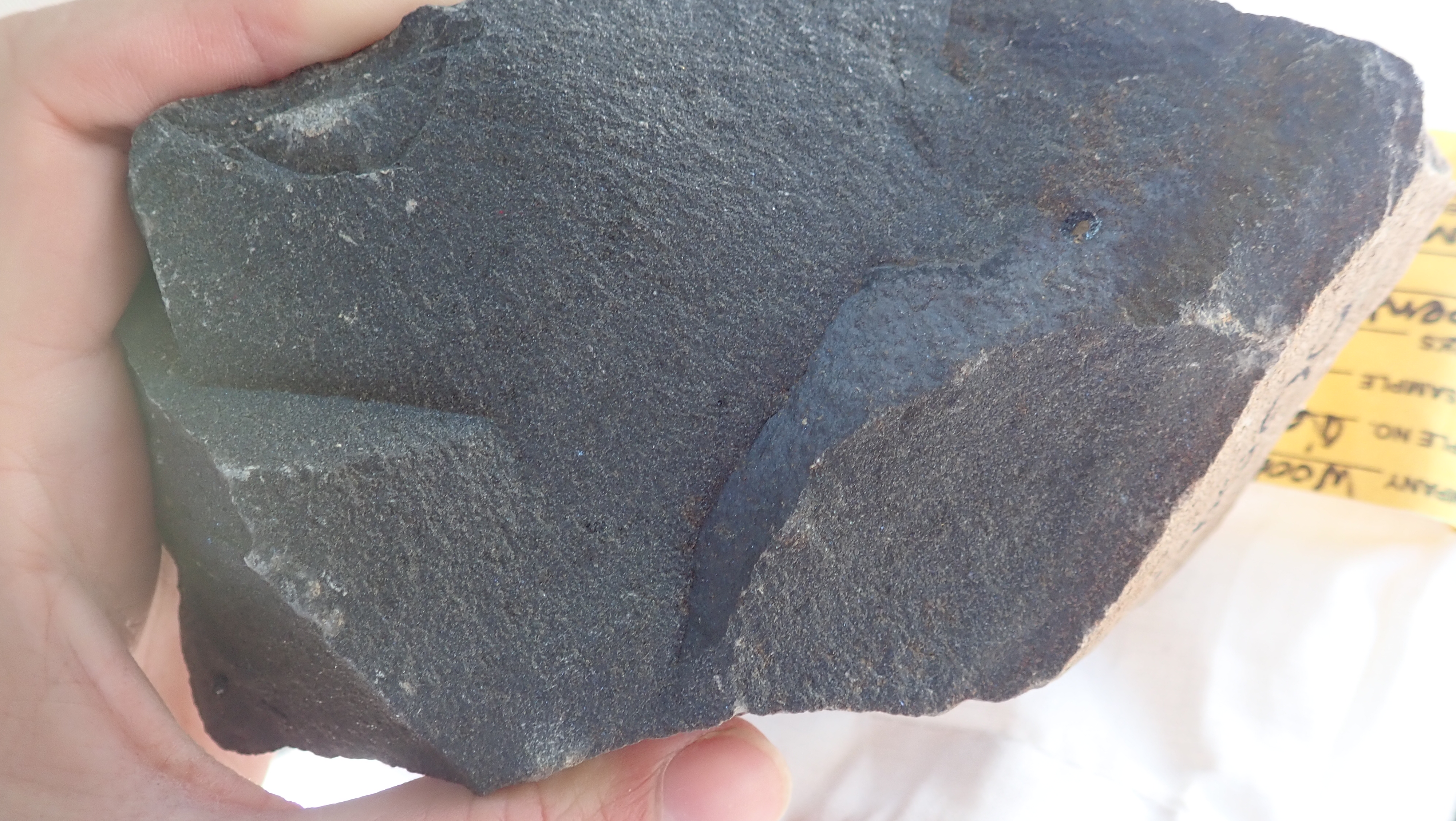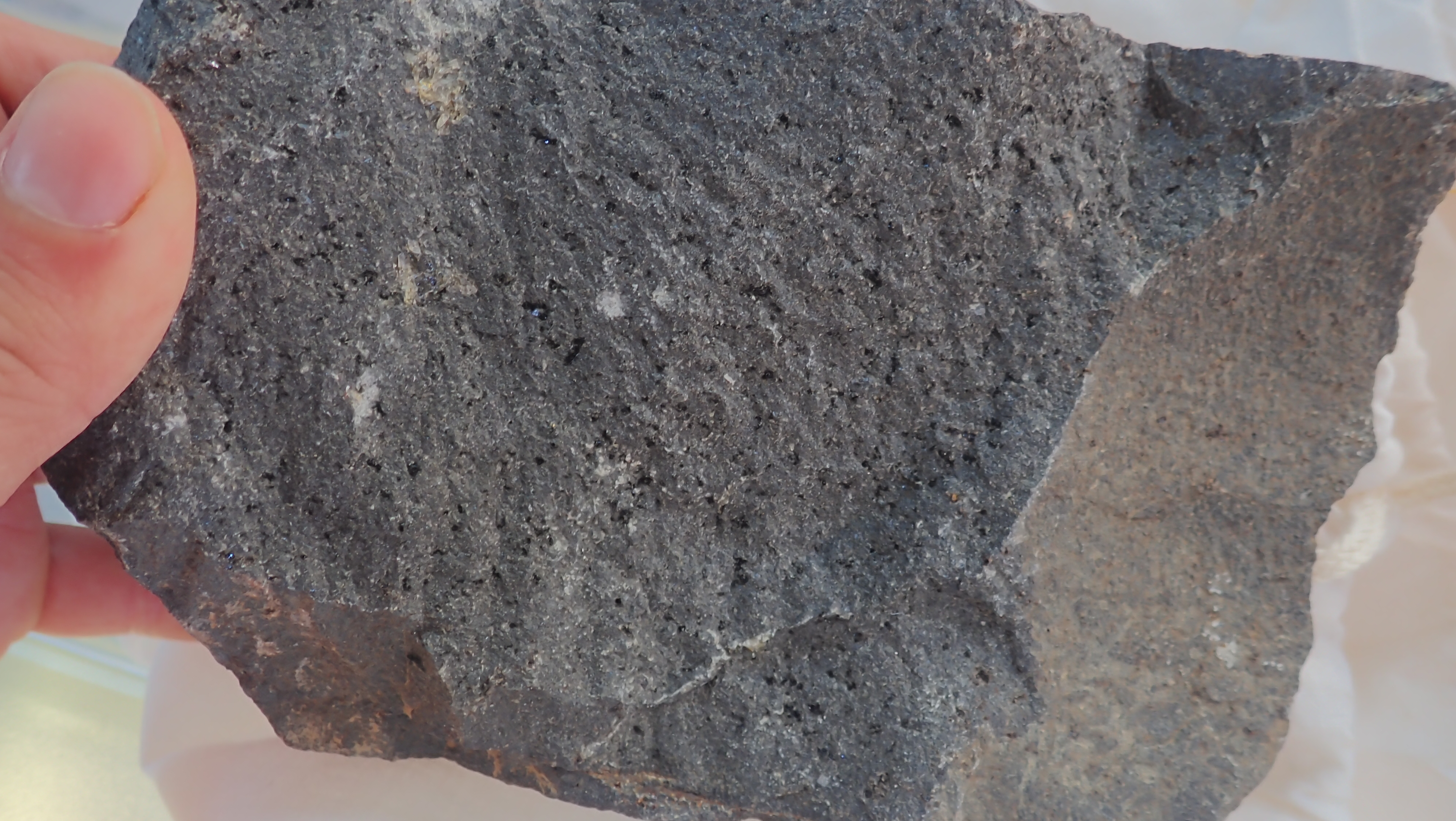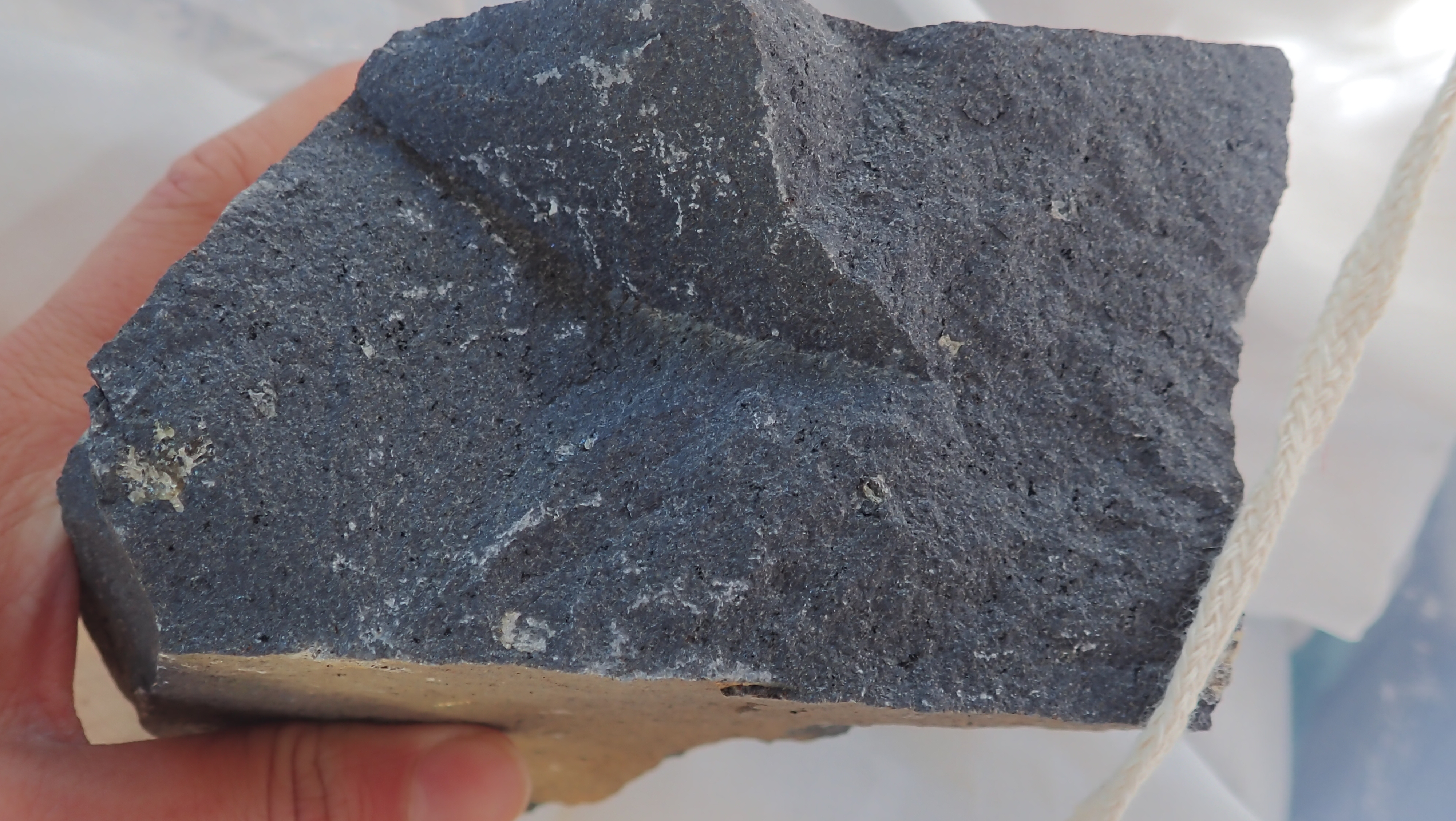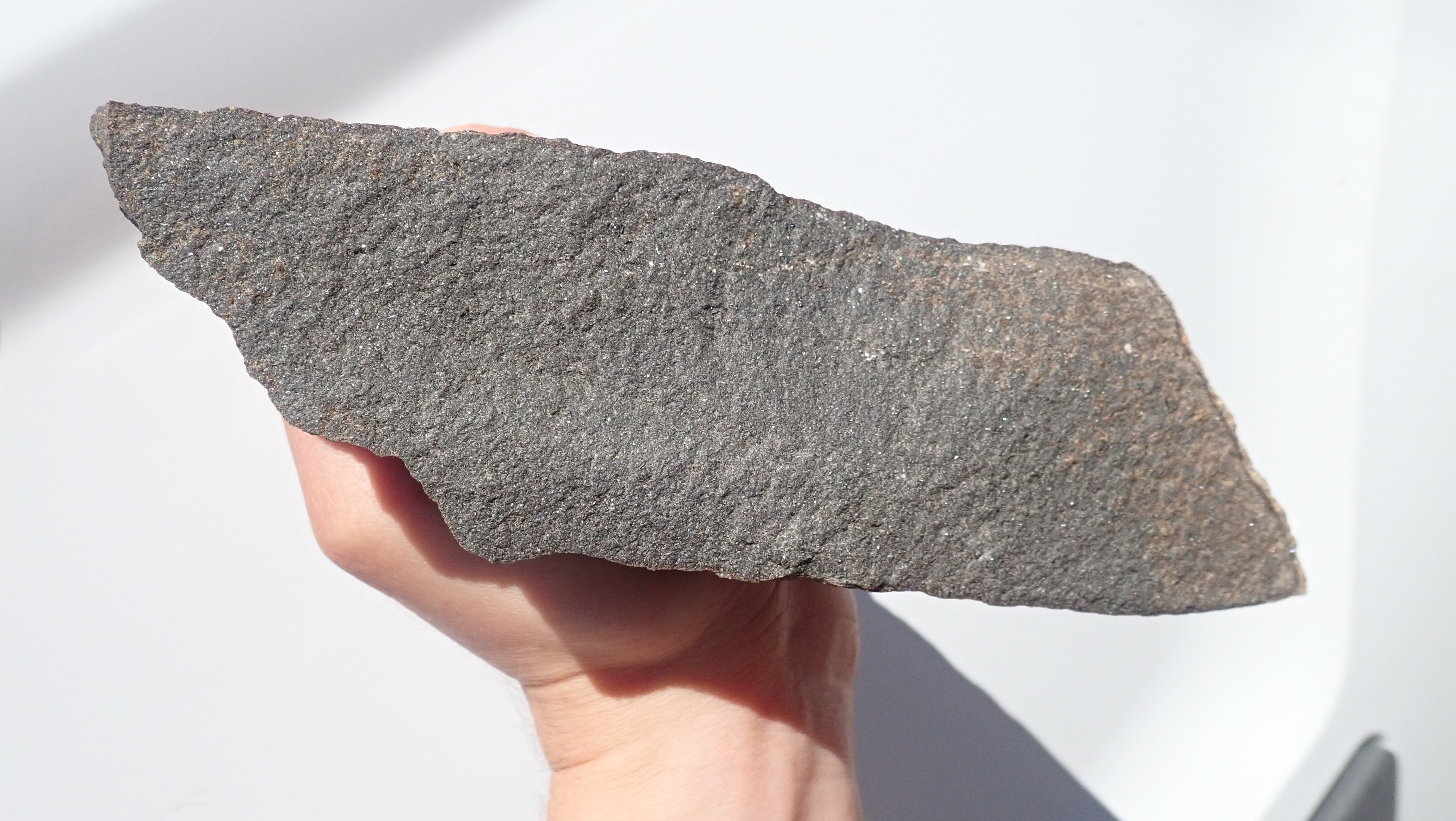The Columbia River Basalts (CRBs) are a Large Igneous Provinces (LIP). Large (in reference to size) Igneous (a type of rock originating from melt and cooling of Earth materials) and Province (a reference to politically demarcated areas of similar history and culture) refer to regions greater than 100,000 square kilometers of mafic rock emplaced on the surface or at depth over a geologically short period of time. Some, like the Deccan Trapps and the Siberian Trapps, are associated with mass extinction events. Luckily for us, the CRBs are not.
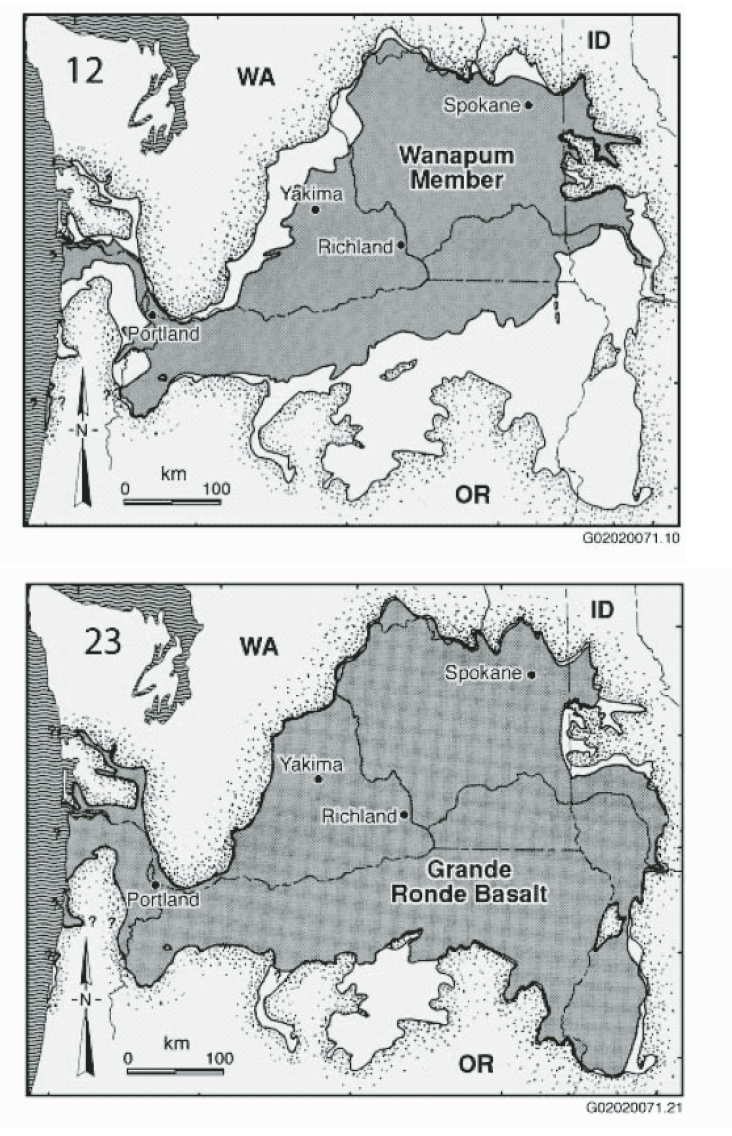
(Figure 1) The surface extent of the Grand Ronde Formation (below) and the Wanapum Formation (above) of the Columbia River Basalts (Modified from Tolan et al., 2009).
The CRBs erupted over a span of 11.5 million years beginning 17.5 million years ago (Ma) and ending 6 million years ago. However, our map area contains the uppermost members of the Grand Ronde Formation and the Wanapum Formation, the extents of which can be seen in figure 1. These basalts began erupting 15.6 Ma and ended 14.6 Ma.
The Cast and Crew (members of the CRBs to be mapped)
(Listed by age, oldest on bottom, youngest on top)
Rosalia: The youngest of the basalts we will see, Rosalia is a teenager who can swing from having abundant plagioclase phenocrysts (single crystals) to having occasional plagioclase phenocrysts. Plagioclase phenocrysts tend to be prismatic, and not exceed 0.5 cm. Often it has pillow complexes at it's base, vertical platey or columnar joints, and reverse magnetization.
Roza: Confused yet? We are. Roza is a sassy, abundantly phyric (contains large crystals), plagioclase rich member distinguishable by the fact that phenocrysts are more abundant than glomerocrysts (collections or groups of crystals). Roza has an intermediate magnetization.
Sentinel Gap: A member of the Frenchmen Springs Formation, Sentinel gap has a very fine groundmass and little to no phenocrysts, therefore it is aphyric. It is distinguishable precisely because it has no distinguishing features.
Sand Hollow: A sparsely to abundantly plagioclase phyric sample, with a course groundmass and some glomerocrysts. Sand Hollow can have as many as 5 flows in an area, and it's sparsely pyric flows can be confused with the sparsely phyric flows of Sentinel Gap.

Ginkgo: Named because of a series of Ginkgo-tree-casts found in one section of the flow, Ginkgo is the lowermost member of the Frenchmen Springs. Abundantly plagioclase phyric, we can distinguish the Ginko from the Sand Hollow above because of Ginkgo's fine groundmass and its' tendency to be more glomerocryst rich.
Sentinel Bluffs: The uppermost member of the Grand Ronde formation, Sentinel Bluffs is the oldest flow we are likely to see. Like Sentinel Gap, Sentinel Bluffs is commonly aphyric, though it is more likely to contain small (around 3mm) plagioclase lathes. It has normal magnetization.
As you can see, at first glance they all look very similar. But distinguishing these members is our job, not yours! We have been aquanting ourselves with these units, and now have some competence identifying them. With practice, we will hopefully be able to do this on the fly, and give you a good map!
Post written by Marina Marcelli, edited by Danielle Woodring, 2018-07-14
Reference: Tolan, T.L., Martin, B.S., Reidel, S.P., Anderson, J.L., Lindsey, K.A., and Walter, B., 2009, An introduction to the stratigraphy, structural geology, and hydrogeology of the Columbia River Flood-Basalt Province: A primer for the GSA Columbia River Basalt Group field trips; Geologica Society of America: Field Guide, n.15.

